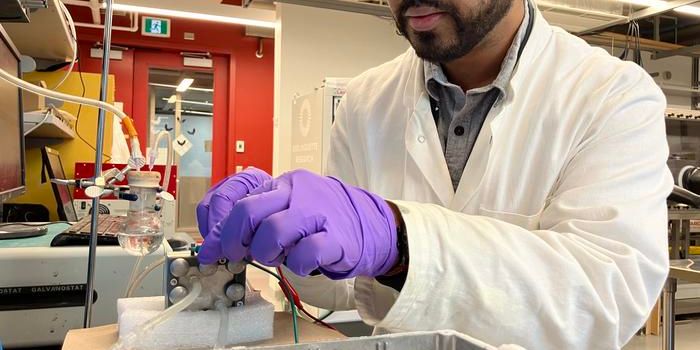Microrobotics for Endodontic Root Canal Treatment and Diagnosis
Root canal, anyone?
With a reputation for being one of the most dreaded dental procedures, root canal treatment involves the cleaning of the canals in the root of teeth to treat infected or damaged teeth. But, despite advances that have made this treatment option more effective, root canal treatment isn’t exactly a walk in the park. These canal areas in teeth are challenging to navigate due to several complex anatomical structures. This can make it hard to clear the microbial films that collect in these canal spaces (called biofilms), which can impact the efficacy of treatment and lead to even further or continued infections.
A research team at the University of Pennsylvania School of Dental Medicine have come up with an unlikely tool that could be a game changer in treating endodontic conditions: tiny microrobots. These tiny robots are described in a recent proof-of-concept study published in the Journal of Dental Research.
Why microrobots? The answer goes back to the challenging anatomical structure of the root canal system. Because it can be hard to remove biofilm from many areas in the root canal system, a small robot that could reach those areas might prove beneficial. The proof-of-concept- study was able to show just that.
Specifically, the microbots were able to reach areas in the root canal that could not be manually accessed, allowing them to break up biofilms with relative ease, which could lead to improved patient outcomes. If that wasn’t enough, these tiny robots can also collect samples from within the root canal, allowing for diagnostic testing that could enable more effective treatment. Researchers also hope their robots could be used for delivering treatment directly, as well.
The robots are made of iron oxide nanoparticles that have been previously approved by the FDA for other medical uses. Using magnetic fields, the robots can be guided to the area of the root canal in need of treatment. Once there, catalytic reactions are initiated to break up the biofilms.
Though more research is needed, researchers see many uses for their microrobots, both in a dental clinic and for in-home care.
Sources: EurekaAlert!; Archer Dental; Journal of Dental Research








